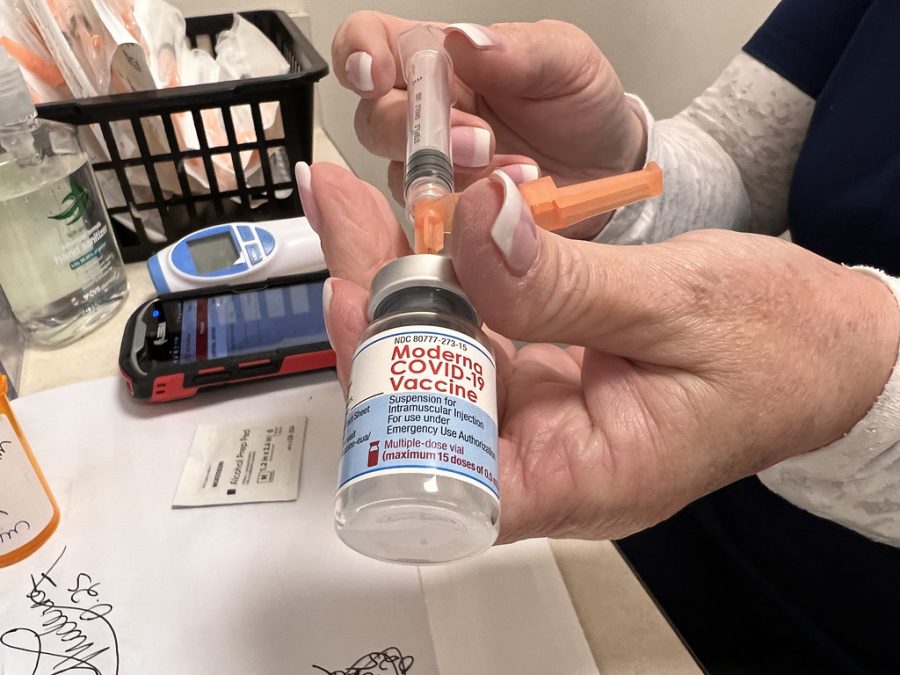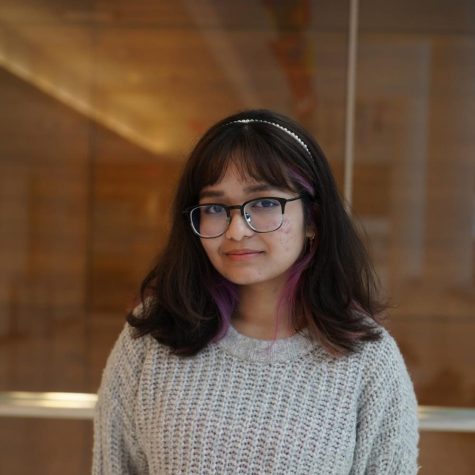NYC booster data shows disparities by race and neighborhood
March 26, 2022
Despite 77% of New York City’s residents being fully vaccinated — or people who have received two doses of either the Pfizer or Moderna vaccine or one dose of the Johnson & Johnson vaccine — only 36% of the city’s residents have received a booster vaccination.
New data from the NYC Department of Health revealed there are striking disparities between the demographics of those who are receiving the booster dose. Vaccination rates for the third dose greatly vary based on age, neighborhood, race and ethnicity.
Unsurprisingly, third dose rates are significantly lower in younger age pools since elderly residents who are considered high risk were prioritized in the original distribution of boosters. There is an upward trend in booster vaccination rates as age increases.
Only 6% of residents aged 17 years or younger have received the third dose. 32% of residents within the age range of 18-24 years old have received the third dose.
In comparison, 60% of residents who are within the ages of 65-74 have received the third dose. 55% of residents who are within the ages 75-84 have received the third dose.
By borough, booster dose rates do not vary as significantly.
The Bronx totals 27% of its residents boosted, making it the least boosted borough. Next, Brooklyn and Staten Island are tied, both with 32% of its residents having a third dose.
Queens and Manhattan booster vaccination rates are well above the city average. 40% of Queens residents have received a booster, while Manhattan is in the lead with 46% of its residents boosted.
Though these rates are not too far off from one another, a closer look at booster vaccination rates by zip code shows inconsistencies throughout the city.
Even neighborhoods within the same borough vary greatly in booster rates. For instance, only 27% of residents residing in the zip code 10039, which contains parts of Central Harlem and Washington Heights, are boosted. In contrast, 71% of residents in the Financial District have received a third dose.
In Queens, neighborhoods like Flushing and Long Island City have booster rates well over 60%. The borough, however, also includes neighborhoods with some of the lowest booster vaccination rates. Only 18.61% of Queens’s Far Rockaway residents are boosted.
Booster vaccination rates falter in neighborhoods that are majority Black or Hispanic and Latino. Only 26% of Hispanic and Latino residents in the city and 24% of Black New York City residents are boosted.
In contrast, more than half of the city’s Asian, Native Hawaiian and Pacific Islander community, along with the Native American and Alaska Native residents, have received a booster. For comparison, 37% of the city’s White residents have been boosted.
Booster rate disparities are disproportionately affecting the Black, Hispanic and Latino communities in the city.
A report from the NYC Department of Health found the rate of Black New Yorkers forced to go to the hospital due to the COVID-19 was twice the rate among white New Yorkers in the latest omicron surge. On top of the disparities in the last wave of the virus, “Black and Latino New Yorkers have been hospitalized and died from the virus at higher rates than white and Asian New Yorkers,” since the pandemic started, according to The New York Times.
These groups are more at high risk due to underlying diseases, work conditions and access to hospitals, among other factors.
As of publication, Mayor Eric Adams has not directly addressed the booster vaccine disparities.
“An Adams spokeswoman said the administration is ‘working to address disparities in booster doses by building trust in communities of color,’ though she did not list off any specific initiatives underway,” according to NY Daily News. She failed to acknowledge that the disparities are not within all communities of color, but specifically within Black, Hispanic and Latino communities.
Experts are pushing for all Americans to get the booster shot, saying it is more important than ever to get boosted since “Asia and Europe have both experienced COVID-19 surges in recent weeks,” most likely due to more lenient pandemic restrictions, according to Spectrum News.
“What we know is that the three-dose series is really what is protecting people most effectively right now, even those who got omicron,” Hannah Newman, director of infection prevention at Lenox Hill Hospital, tells CNBC.
Manhattan Borough President Mark Levine is currently attempting to launch a city-wide campaign that would urge residents to get vaccinated, in response to expert opinions.
Levine’s plan includes creating easy access to vaccination sites and automatic scheduling of vaccinations. Additionally, his plan would include city distribution of “Covid safety bags,” which include necessities like high-quality masks and rapid test kits, and “door-to-door outreach” to contact people who fail to make it to vaccine appointments, according to Spectrum News NY1.








